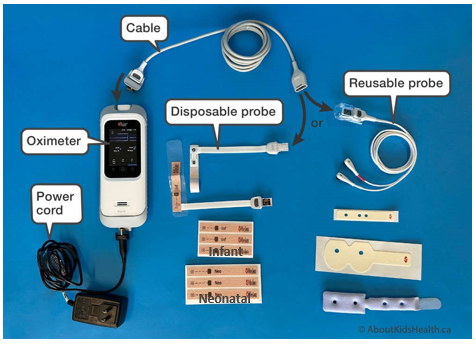HINT: How to clean a tracheostomy tube?
Connected Care Quick Hits are up to date and evidence based recommendations for the care of children with medical complexity & technology dependence, from hospital to home.
HINT: How to clean a tracheostomy tube?
SITUATION:
This Quick Hit was informed by a Connected Care Live consult from a home and community care provider asking for clarification about how to properly clean a tracheostomy tube.
BACKGROUND:
Cleaning and disinfecting of tracheostomy tube and adjunctive supplies can help prevent lung infections. The most common tracheostomy tubes are made from either polyvinyl chloride (PVC) or polyurethane. These are considered as plastic tracheostomy tubes (e.g., Shiley brand) or they can be of silicone material (e.g., Bivona).
It is recommended that tracheostomy tubes should be discarded and replaced if:
The tube is bent or cracked
The material appears discoloured
The tube is atypically stiff
The information on the flange is not legible
Obturator is challenging to insert and/or removed
Tubes should be cleaned and disinfected according to manufacturer guidelines. Clean same size and one size down tracheostomy tubes should be always available in the emergency tracheostomy kit.
For cleaning, disinfecting and/or replacing adjunctive supplies, please follow manufacturer guidelines or speak with your child’s healthcare team.
ASSESSMENT:
When cleaning and storing tracheostomy tubes, partner with the family caregiver to assess supplies and keep track of how often a tracheostomy tube has been cleaned.
According to manufacturers:
The Shiley tracheostomy tubes (inner and outer cannulas) and obturators are to be discarded every 29 days. So, if you are changing it weekly, that equates to about 3 uses per tracheostomy tube.
For Bivona tracheostomy tubes (inner and outer cannulas) and obturators, are to be discarded after they have been cleaned five times (for neonatal and pediatric tubes) and ten times for adult sized tubes.
Tracheostomy tubes are be discarded and replaced if:
The tracheostomy tube is bent or cracked.
The plastic appears discoloured or is assessed to be atypically stiff (both signs of old plastic).
The tracheostomy label of size and type are not legible on the flange.
The obturator is bent or is challenging to insert.
RECOMMENDATION:
Connected Care recommends the following for cleaning and disinfecting plastic or silicone tracheostomy tubes:














